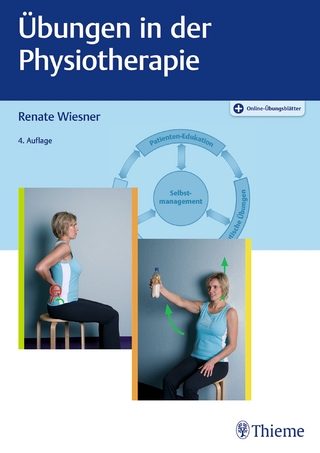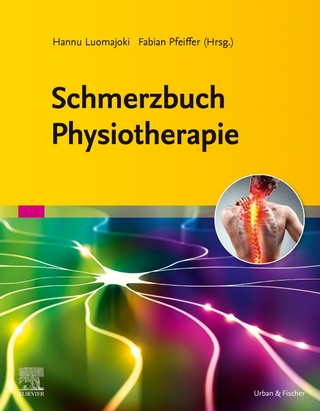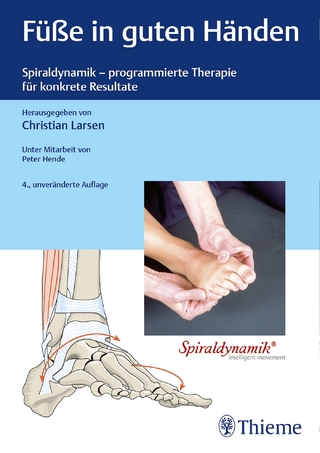
Molecular Plasmonics
Pan Stanford Publishing Pte Ltd (Verlag)
978-981-4800-65-5 (ISBN)
- Titel nicht im Sortiment
- Artikel merken
This book summarizes the results of studies of molecules and molecular complexes using techniques based on surface plasmon resonance (SPR) in a novel scientific direction called molecular plasmonics. It presents the current state of investigations in the field of molecular plasmonics and discusses its two main physical phenomena: surface plasmon–polariton resonance (SPPR) and localized SPR (LSPR). Among the mathematical methods for the calculation of plasmonic systems response, the book emphasizes models based on the transfer-matrix method, Green function formalism, Mie scattering theory, and numerical methods. It considers the possibilities of the SPPR technique for registering conformational changes, surface plasmon–mediated photopolymerization, electrochemical processes, as well as reversible optoelectronic and physicochemical properties during investigation of molecular systems. It describes applications of the LSPR method, including creation of metamaterials, surface-enhanced fluorescence, and bio- and chemosensing using noble metal nanoparticles in colloidal, array, and composite polymeric film formats. It also highlights the development and applications of plasmonic nanochips.
Volodymyr I. Chegel is head of the Plasmonics Group at the V. E. Lashkaryov Institute of Semiconductor Physics (ISP), National Academy of Sciences (NAS) of Ukraine, and a professor at the Taras Shevchenko National University of Kyiv (KNU), Ukraine. He completed an MSc in physical engineering at the Volodymyr Dahl East Ukrainian University and also in integral and functional microelectronics at the KNU. He earned his PhD and DSc in physics and mathematics at the ISP. He has worked in the scientific laboratories of 17 countries and authored or co-authored more than 200 research papers. Prof. Chegel’s research interests include plasmonics, nanotechnology, materials science, biological and chemical sensors, and design of optoelectronic devices. Andrii M. Lopatynskyi is a senior researcher at the Department of Functional Transducers for Sensor Technology at the ISP. He earned his MSc in laser and optoelectronics technologies from the KNU and PhD in physics and mathematics from the ISP. He has worked as an intern researcher in the National Institute for Materials Science, Tsukuba, Japan, and has co-authored more than 100 scientific research papers. Dr. Lopatynskyi’s research interests include development, experimental investigation, and computational modeling of the optical properties of disordered and ordered plasmonic nanosystems based on noble metal nanostructures, as well as development of sensors based on these nanosystems.
1. Molecular Plasmonics 2. Physics of the Phenomenon and Theoretical Background of Surface Plasmon Resonance Method 3. Plasmonic Nanochips Development and Applications 4. Peculiarities of Surface Plasmon Resonance Method Application for the Investigation of Biomolecules and Biomolecular Interactions 5. Application of Molecular Imprinting for Development of Plasmonic Bio- and Chemosensors 6. Electrochemical Surface Plasmon Resonance and its Applications in Biosensing, Bioelectronics, and Material Science 7. Studies of Conformational Changes in Molecular Systems using Surface Plasmon Resonance 8. Gold Nanoparticle Modification and Aggregation – Applications from Bio- and Chemosensing to Drug Development 9. Metamaterials with Reversible Optoelectronic and Physicochemical Properties
| Erscheinungsdatum | 01.11.2019 |
|---|---|
| Zusatzinfo | 3 Tables, black and white; 47 Line drawings, color; 119 Line drawings, black and white; 47 Illustrations, color; 119 Illustrations, black and white |
| Verlagsort | Singapore |
| Sprache | englisch |
| Maße | 152 x 229 mm |
| Gewicht | 940 g |
| Themenwelt | Medizin / Pharmazie ► Physiotherapie / Ergotherapie ► Orthopädie |
| Naturwissenschaften ► Biologie | |
| Naturwissenschaften ► Physik / Astronomie ► Angewandte Physik | |
| Technik ► Maschinenbau | |
| Technik ► Medizintechnik | |
| Technik ► Umwelttechnik / Biotechnologie | |
| ISBN-10 | 981-4800-65-1 / 9814800651 |
| ISBN-13 | 978-981-4800-65-5 / 9789814800655 |
| Zustand | Neuware |
| Haben Sie eine Frage zum Produkt? |
aus dem Bereich


